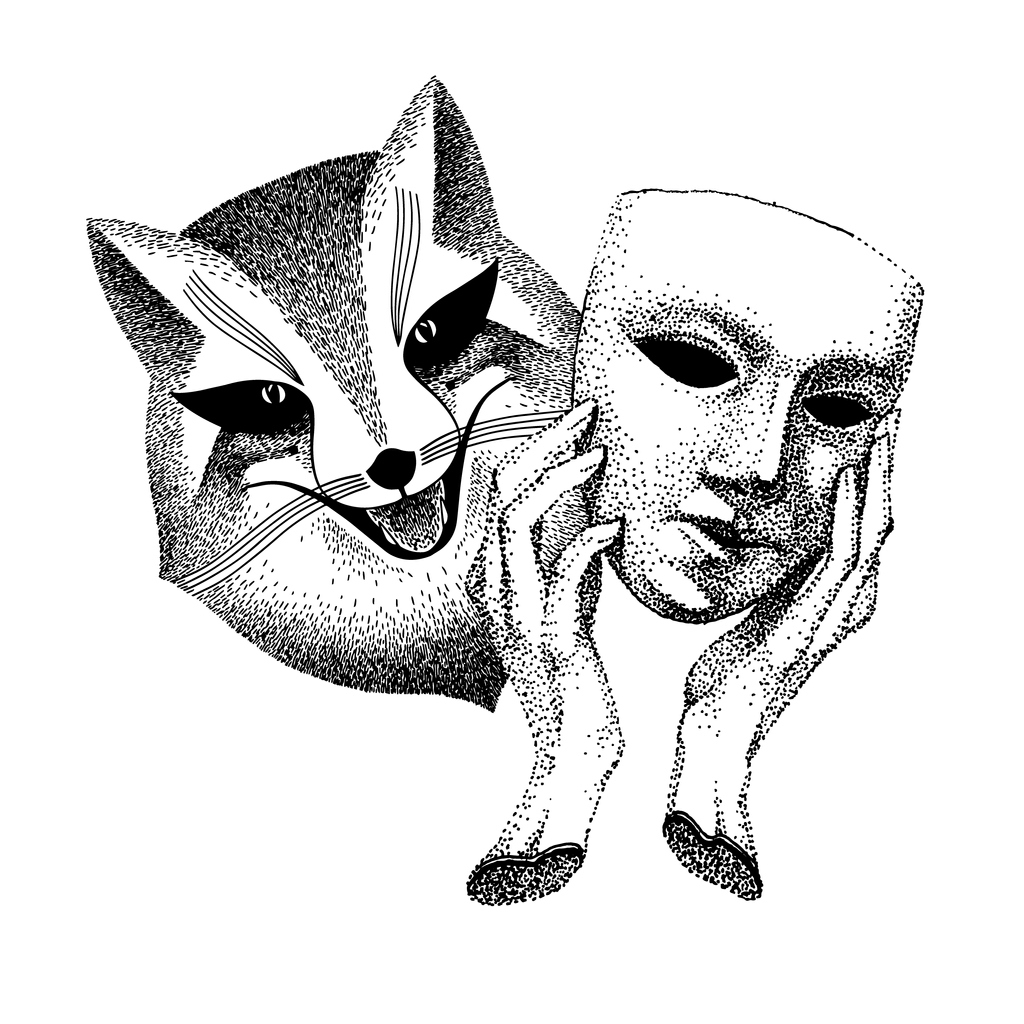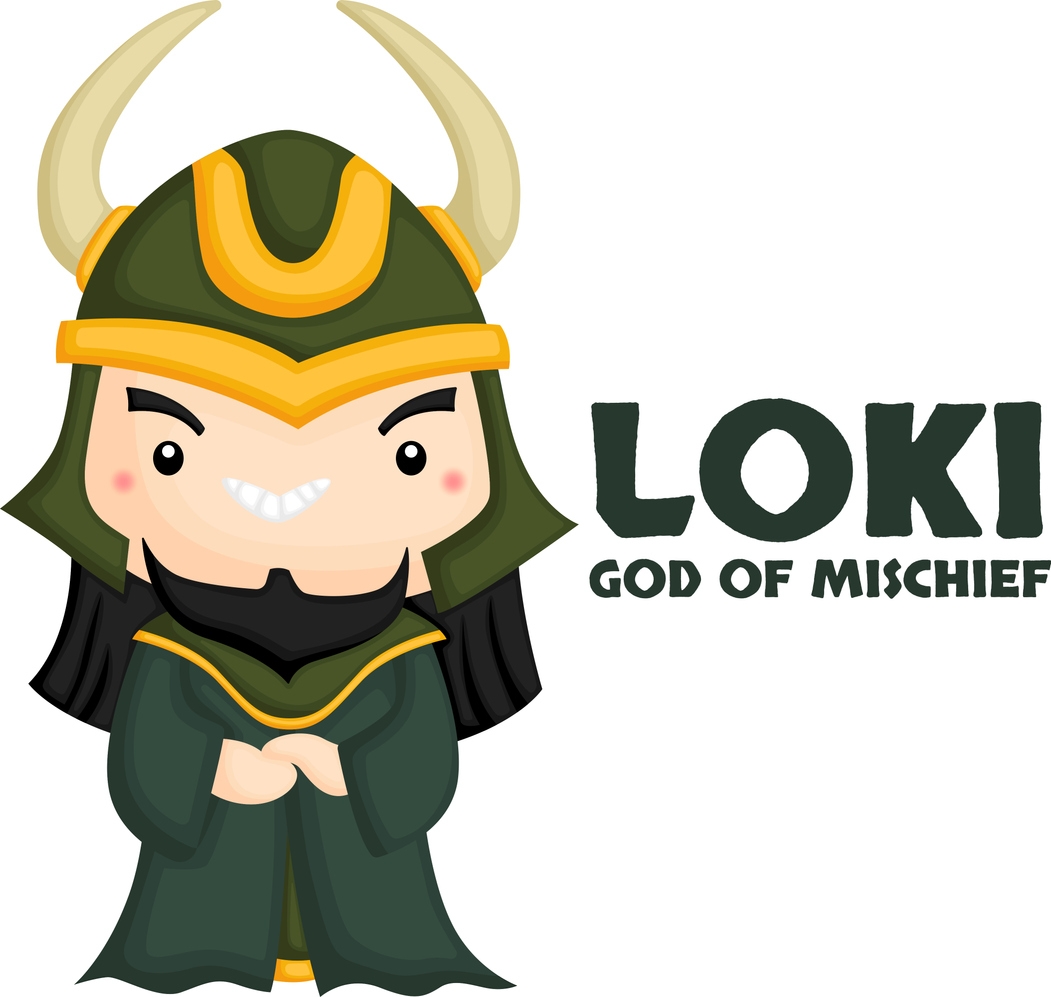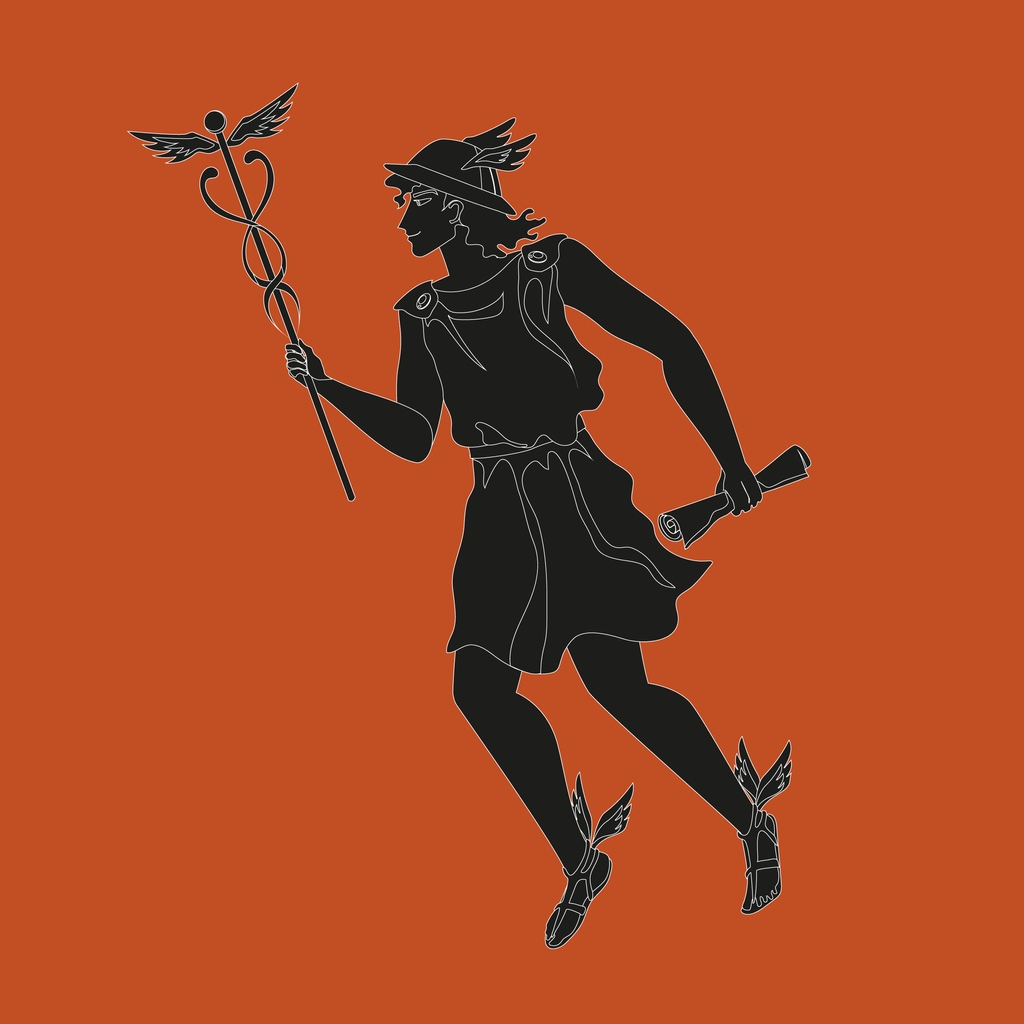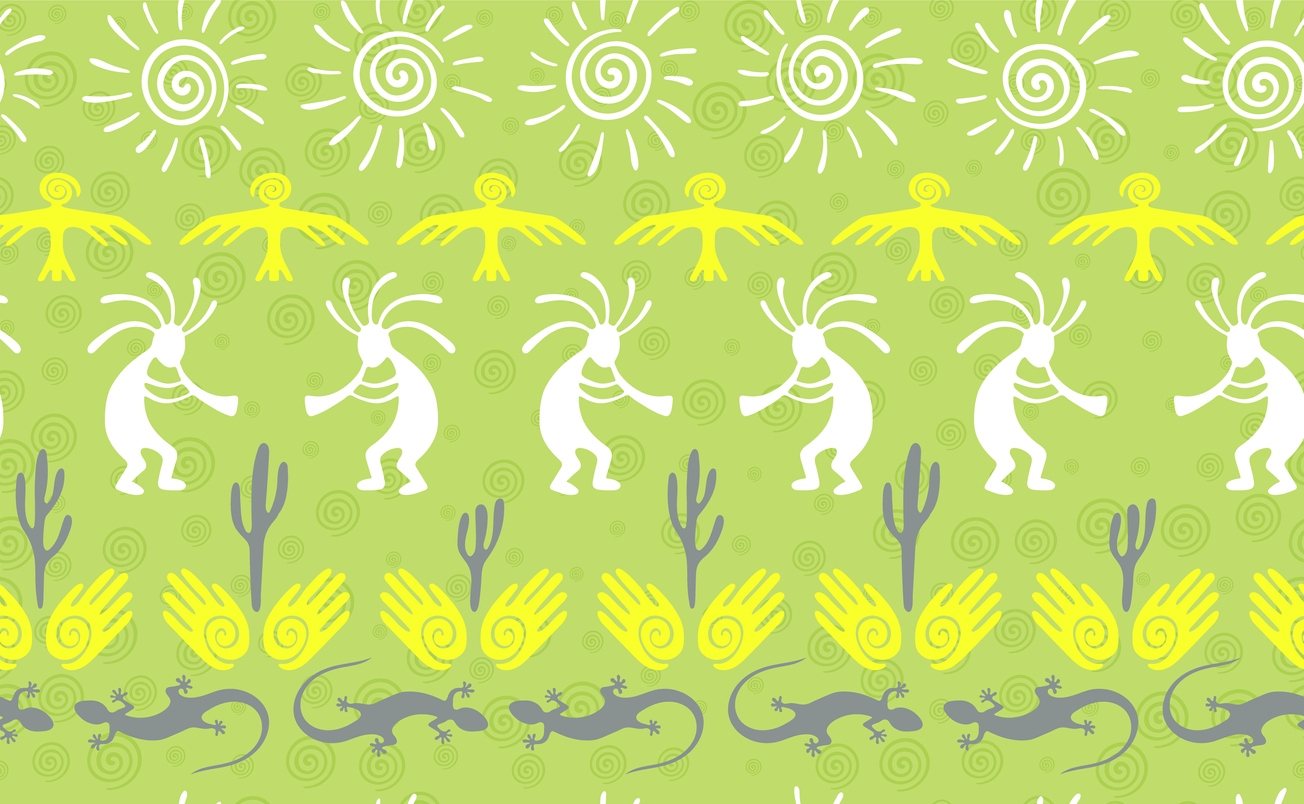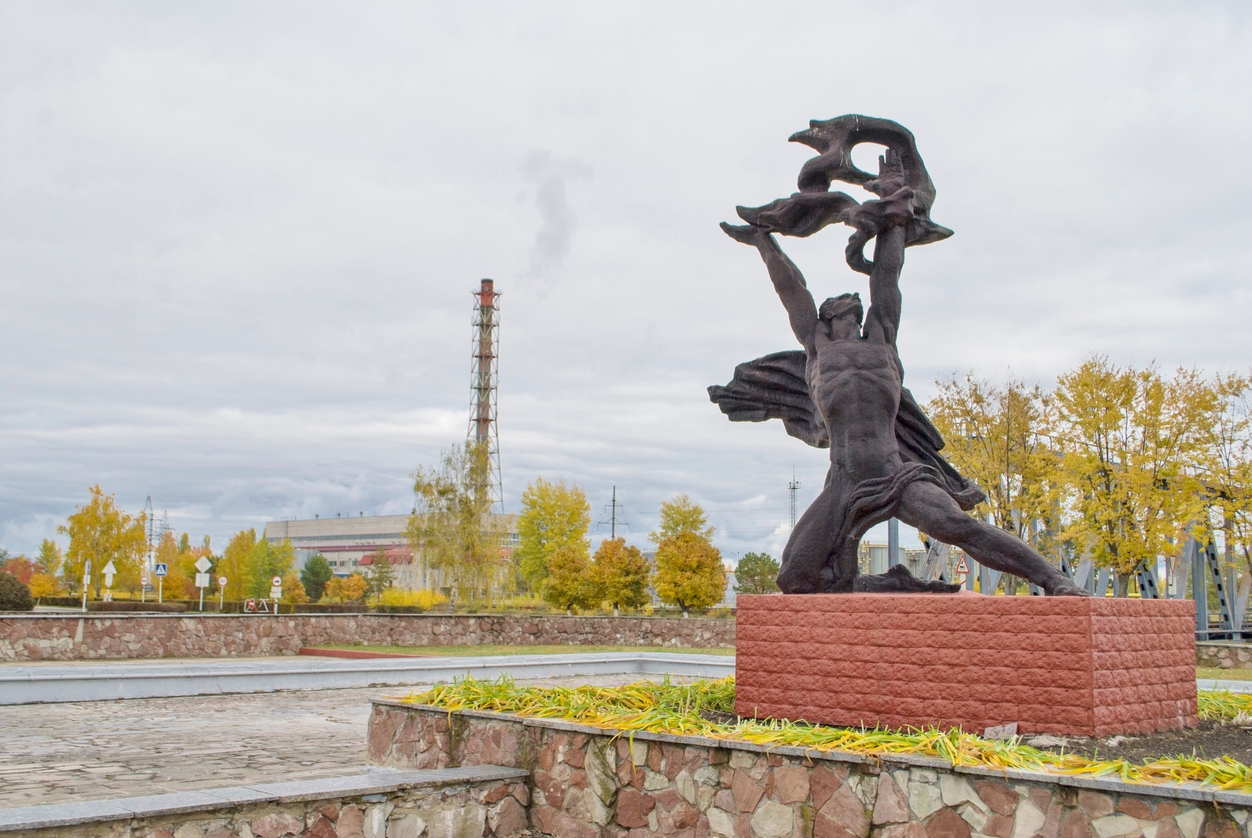The world of mythology, a tapestry woven with countless tales, boasts a recurring character – the trickster. This enigmatic figure, characterized by cunningness and a penchant for mischief, is a universal presence across diverse cultures and their rich mythologies.
The trickster is a character archetype who defies conventions and societal norms. Often associated with cunningness, deceit, and a mischievous spirit, the trickster exists to challenge the established order and disrupt the status quo. Its actions may be unpredictable, but they serve a profound purpose in the narratives of human imagination. [1]
It knows no boundaries of geography or time. Found in the myths and legends of cultures across the globe, these mischievous figures appear with diverse names and forms but share common traits of wit and playfulness. They serve as cultural mirrors, reflecting the human proclivity for rule-breaking, humor, and the exploration of boundaries.
The Role of Tricksters
Tricksters may be considered a popular history myth, within the realm of mythology. These figures are distinguished by their common characteristics and multifaceted roles. These figures, though often mischievous, serve as disruptors, culture heroes, and boundary crossers within the myths they inhabit. Their multifaceted natures mirror the intricate tapestry of human experience and the stories that seek to make sense of it.
Common Characteristics of Trickster Figures
| Characteristic | Description |
| Wit and Humor | Tricksters are known for their cleverness, humor, and quick thinking. They often employ wit in their deceptions. |
| Rule-Breaking | Tricksters defy societal norms and established rules, challenging the status quo. They are often unconventional. |
| Mischievousness | Their actions are characterized by playful pranks and trickery, causing disruption and chaos in mythological plots. |
| Irreverence | Tricksters are irreverent toward authority and convention, often mocking figures of power and challenging tradition. |
| Unpredictability | Their actions can be unpredictable, leading to both humorous and unexpected outcomes in myths and stories. |
| Dual Nature | Tricksters often have dual natures, embodying both constructive and destructive qualities, reflecting balance |
Tricksters are characterized by a set of common traits that underpin their roles and significance in diverse cultural narratives.
Cunningness and Deceit
Tricksters are renowned for their cleverness and quick thinking. They navigate the complexities of life through cunningness, often using deceit as a tool. Their ability to outwit others is central to their persona. [2]
Boundary-Crossers
Tricksters operate beyond the confines of societal norms. They are boundary-crossers, transcending the limits of convention and challenging the established order. This boldness often leads them into uncharted territories.
Rule-Breakers
Central to the trickster’s character is their inclination to break rules. They defy conventional expectations and norms, questioning authority and challenging the status quo. Their actions serve as a vehicle for change and transformation.
They are known for their wit, cleverness, and a penchant for challenging the established order. Often, they possess an irreverent and humorous nature, making them both compelling and unpredictable characters in mythological narratives.
The Trickster Roles
Trickster figures in mythology embody a set of shared traits and fulfill crucial roles in narratives. Their actions serve to disrupt, provoke reflection, entertain, and symbolize the inherent complexities of the human experience. By doing so, they remain central to the cultural narratives of diverse societies, reflecting the multifaceted nature of human existence.
Disrupting the Ordinary
Tricksters play the role of disruptors in myths. Their actions introduce an element of chaos and unpredictability, shaking up the mundane and ordinary. Through their antics, they challenge the complacency of the characters and societies they encounter.
Teaching Through Paradox
The actions of tricksters often involve paradoxes and contradictions. They break rules to reveal the complexities of human behavior and societal conventions. In doing so, they prompt introspection and contemplation, offering lessons in an indirect and thought-provoking manner.
Humor and Entertainment
Tricksters bring humor to myths. Their playful pranks, wit, and antics offer entertainment and amusement to the audience. These moments of lightheartedness provide a break from the seriousness of mythological narratives.
Representing Ambiguity
Tricksters personify the ambiguity of existence. They embody the paradoxical nature of life, where good and evil coexist, wisdom and foolishness intertwine, and the boundaries between right and wrong blur. In this way, tricksters reflect the profound uncertainties and intricacies of the human condition.
Tricksters Across Cultures
Notable trickster figures, marked by their shared characteristics, take on unique forms and attributes in various mythologies. [3] These figures transcend cultural boundaries, yet they adapt and evolve to reflect the distinctive traits and narratives of the cultures they inhabit.
| Trickster | Mythology | Notable Attributes |
| Loki | Norse Mythology | Shape-shifting, wit, and cunning. |
| Coyote | Native American Mythology | Dual nature, creator, and disruptor. |
| Anansi | African Mythology | Master storyteller, wisdom, and wit. |
| Hermes | Greek Mythology | Messenger of the gods, swiftness, and cunningness. |
| Eshu | Yoruba Mythology | Guardian of crossroads, intermediary. |
| Raven | Native American Mythology | Intelligence, Mythology adaptability, and duality. |
| Kokopelli | Native American Mythology | Fertility, music, and Mythology playful spirit. |
| Puck | English Mythology | Mischievous fairy, confusion. |
| Maui | Polynesian Mythology | Cleverness, shape-shifting, adventures. |
| Prometheus | Greek Mythology | Defiance, knowledge, enlightenment. |
Loki – Norse Mythology
In Norse mythology, Loki stands as a prominent trickster. Known for his cunningness and shape-shifting abilities, Loki often uses his cleverness to both aid and disrupt the gods of Asgard. He embodies the unpredictability of nature and the consequences of mischief in a world filled with powerful deities. [4]
Coyote – Native American Mythology
Coyote, a central figure in Native American folklore, is a trickster with a dual nature. He is both a creator and a disruptor, symbolizing the balance of order and chaos. Coyote’s humorous antics serve as lessons and reminders of the consequences of human actions. [5]
Anansi – African Mythology
Anansi, the spider trickster in African mythology, is renowned for his intelligence and cunningness. Often portrayed as a master of storytelling, he is a symbol of wisdom and wit. Anansi’s tales convey valuable lessons and cultural wisdom, highlighting the role of tricksters as both educators and entertainers. [6]
Hermes – Greek Mythology
In Greek mythology, Hermes, the messenger of the ancient Greek gods, embodies the trickster archetype with his swiftness and cunningness. He often uses his abilities to bridge the gap between the divine and mortal realms. Hermes represents the messenger’s essential role in communication, symbolizing the duality of truth and Deceit. [7]
Eshu – Yoruba Mythology
Eshu, a trickster deity in Yoruba mythology, plays a pivotal role in the balance between order and chaos. He is the guardian of crossroads and the intermediary between the spirit world and humanity. Eshu’s presence exemplifies the complex interplay of forces in the Yoruba cosmology. [8]
Raven – Native American Mythology
In Native American mythology, the raven often takes on the role of a trickster. Known for its intelligence and adaptability, the raven is both a creator and a disruptor. It is associated with cultural stories that convey lessons, and it embodies the duality of nature as a bringer of both chaos and wisdom. [9]
Kokopelli – Native American Mythology
Kokopelli, a figure in Native American mythology, is often depicted as a hunchbacked flute player. He is a symbol of fertility, music, and mischief. Kokopelli’s playful spirit and distinctive flute music are believed to bring both celebration and change, emphasizing the interconnectedness of life and nature. [10]
Puck – English Mythology
Puck, a character in English mythology, is a well-known trickster. Featured in William Shakespeare’s “A Midsummer Night’s Dream,” Puck is a mischievous fairy who delights in creating confusion. He embodies the humorous and unpredictable nature of tricksters in English folklore. [11]
Maui – Polynesian Mythology
In Polynesian mythology, Maui is a cultural hero with trickster qualities. Known for his cleverness and shape-shifting abilities, Maui undertakes various adventures to benefit humanity. He is both a creator and a disruptor, often employing his cunningness to achieve noble goals. [12]
Prometheus – Greek Mythology
Prometheus, a figure in Greek mythology, is a complex trickster who defies the gods to bring fire and knowledge to humanity. He is a symbol of rebellion and enlightenment, demonstrating the power of cleverness to challenge the divine order. Prometheus’s actions reflect the theme of the trickster as a culture hero and boundary-crosser. [13]
These examples illustrate the diversity and multifaceted nature of trickster figures in different mythologies. While they share certain characteristics, their unique attributes and roles are deeply rooted in the cultural contexts and narratives of their respective societies. Tricksters continue to be significant figures in the exploration of human experiences and the complexities of mythology.
Trickster Archetypes
The trickster archetype offers a unique lens through which we view the human psyche and culture. Psychologically, it represents the tension between order and chaos, the known and the unknown. Tricksters reveal our fascination with the unconventional, our need for laughter, and our capacity for rule-breaking. They challenge our understanding of morality and social norms, serving as mirrors to our own complexities.
Culturally, tricksters embody the dynamic forces that shape a society’s values and beliefs. They serve as both cultural heroes and provocateurs, reflecting the ever-changing nature of human civilizations. Tricksters offer narratives that address universal themes like the balance between wisdom and foolishness, the power of humor, and the consequences of rule-breaking. Through their stories, societies explore the boundaries of tradition and innovation.
The enduring appeal of tricksters can be attributed to their versatility as characters. They challenge the norm, embodying the desire for change and transformation. As society grapples with complex moral questions, tricksters offer alternative perspectives, demonstrating that humor and rule-breaking can lead to self-discovery and enlightenment.
The Dark Side of Tricksters
While tricksters often entertain and challenge the status quo, their actions can carry consequences and moral lessons. In their role as disruptors, they push the boundaries of societal norms and challenge the established order, sometimes with outcomes that convey important messages.
Challenging Societal Norms and Boundaries
Tricksters play a vital role in questioning societal norms and boundaries. By their very nature, they disrupt established rules and provoke thought about the limits of convention. Their challenges to authority, tradition, and taboos encourage individuals and societies to reevaluate the structures that govern their lives.
As agents of change, tricksters reflect society’s need for continuous evolution and adaptation. They force us to consider the rigidity of our beliefs and the limitations of our social constructs. While their actions may lead to chaos, they also prompt critical examination and the potential for renewal.
Consequences and Moral Lessons
Tricksters frequently find themselves entangled in their own schemes, facing repercussions for their mischief. These consequences serve as cautionary tales, emphasizing the importance of responsibility and accountability. Through the misadventures of tricksters, myths and stories convey the message that not all rule-breaking or disruption leads to positive outcomes.
Moral lessons associated with tricksters remind us of the consequences of our own actions. They highlight the need for balance between creativity and chaos, and the recognition that humor and wit should be employed judiciously. Tricksters’ experiences caution against the potential harm that can arise from excessive rule-breaking or thoughtlessness.
Conclusion
In the realm of mythology, the trickster archetype stands as a compelling and multifaceted figure. Its psychological and cultural significance is undeniable, shedding light on the intricate balance between order and chaos, convention and rebellion. The enduring appeal of trickster figures in storytelling persists as they continue to challenge societal norms, entertain, and provoke thought.
Yet, the trickster’s story is not one-sided. There exists a moral undercurrent that reminds us of the consequences of unchecked mischief. It serves as a sobering reminder that not all rule-breaking leads to positive outcomes. Tricksters illuminate the dark side of creativity and disruption, emphasizing the importance of wisdom in the quest for enlightenment. In the end, the trickster is a reflection of humanity’s desire to explore the boundaries of tradition, and the dynamic forces that shape our ever-evolving societies.

